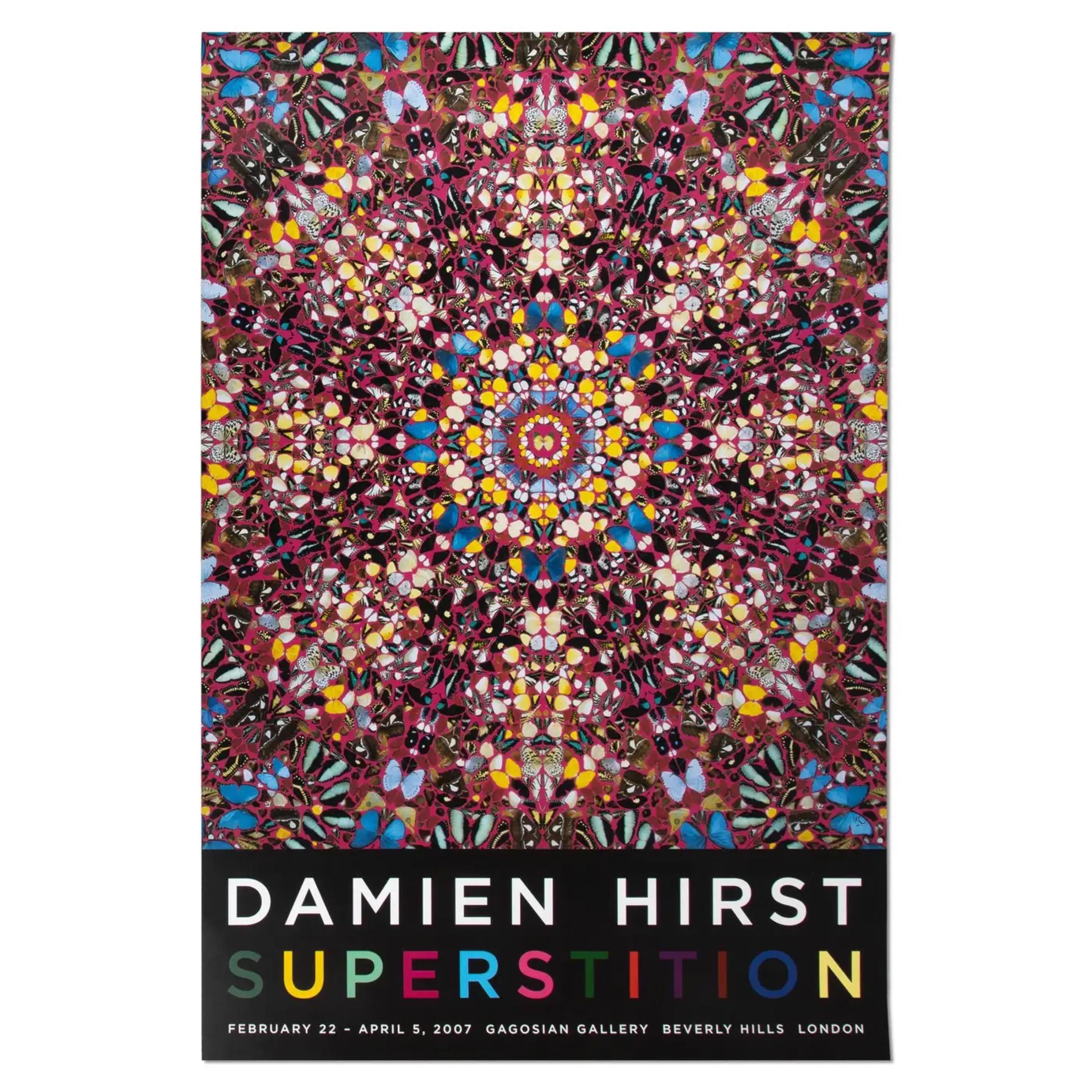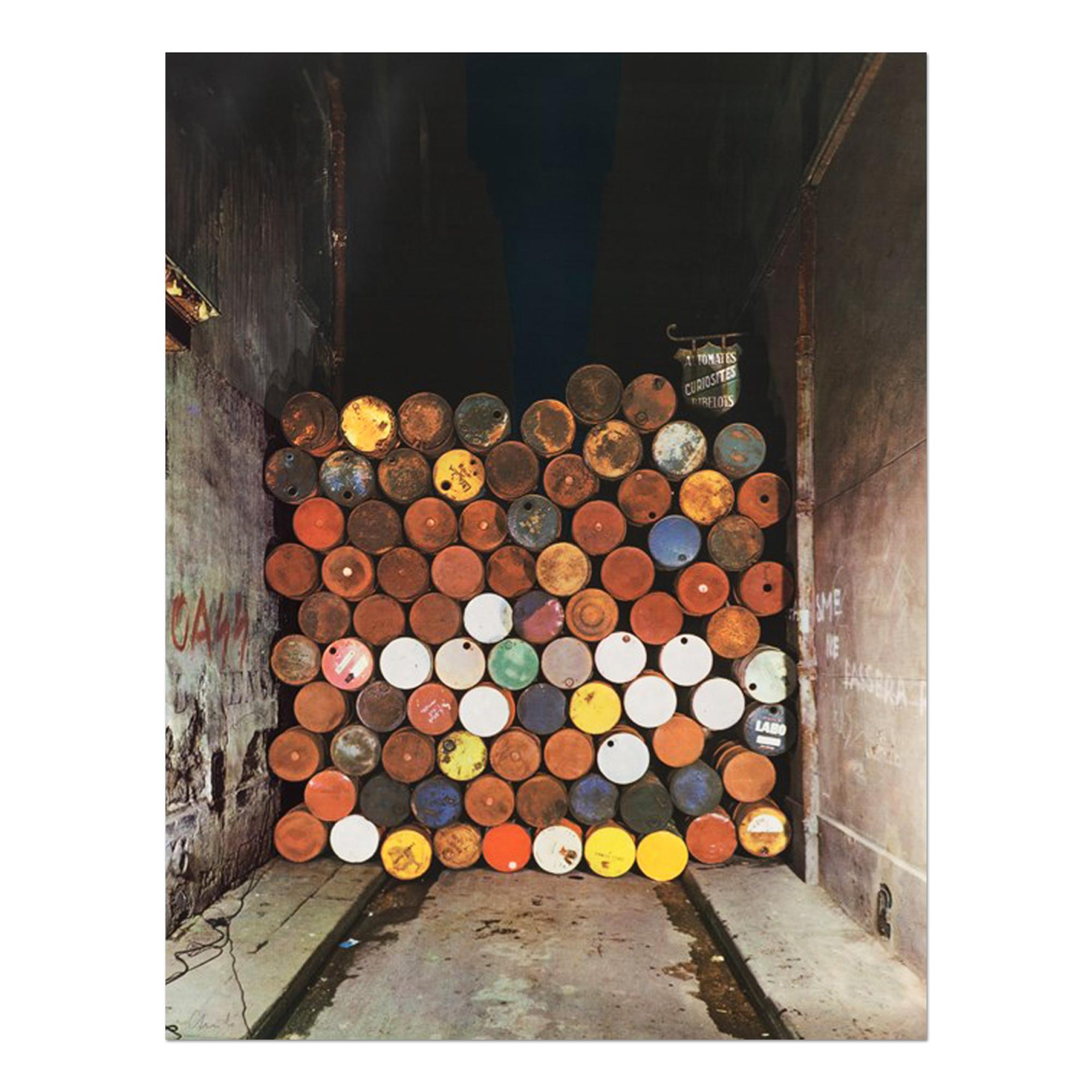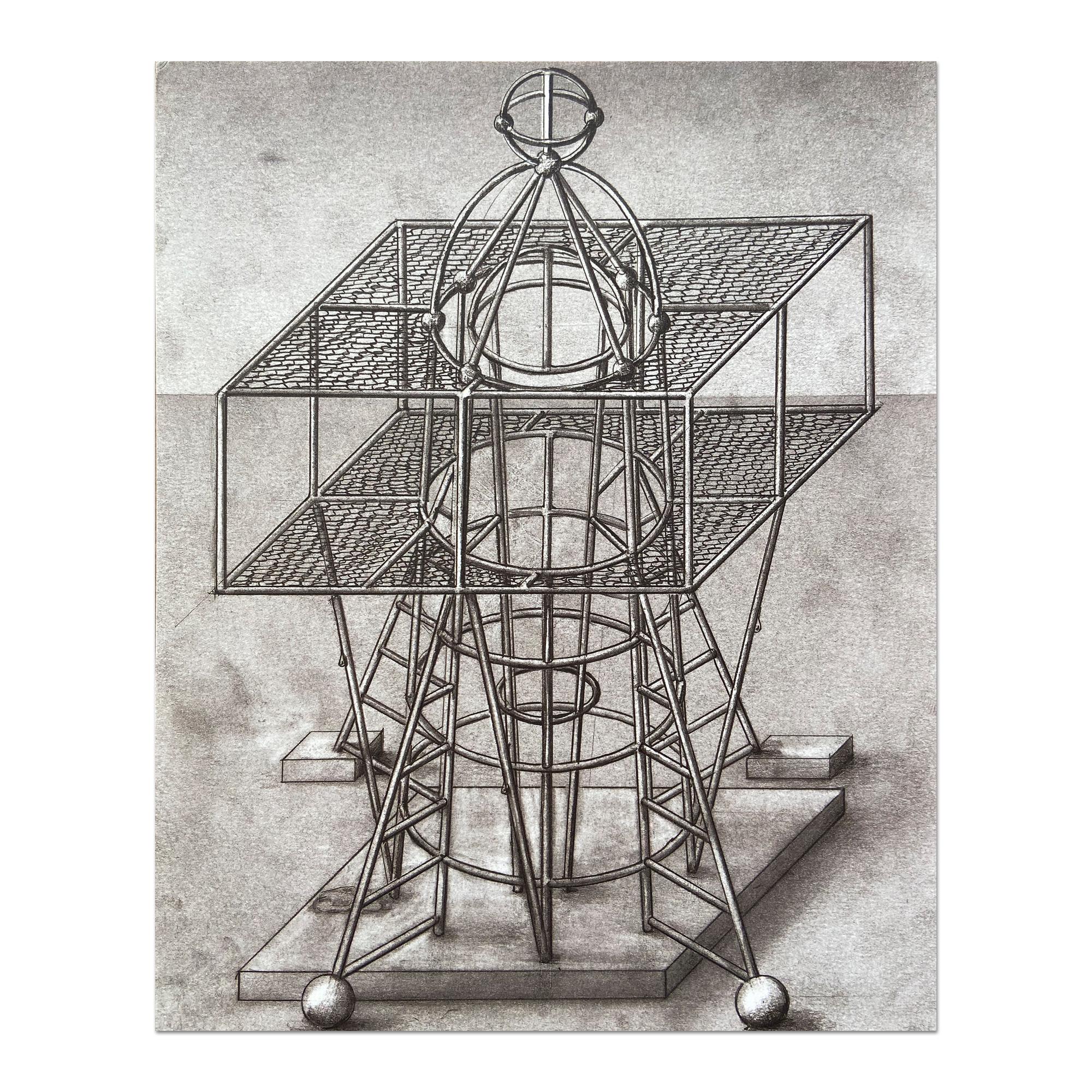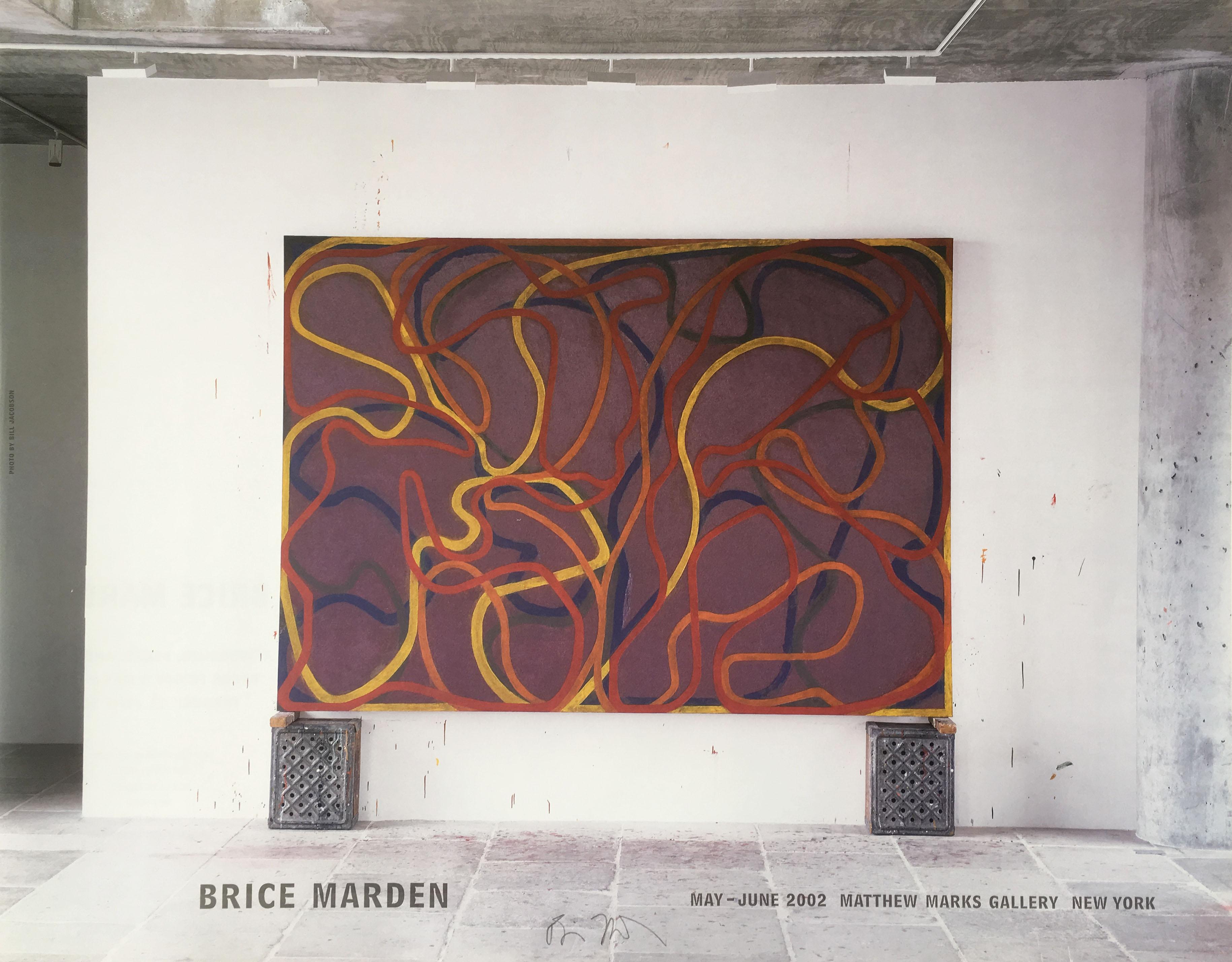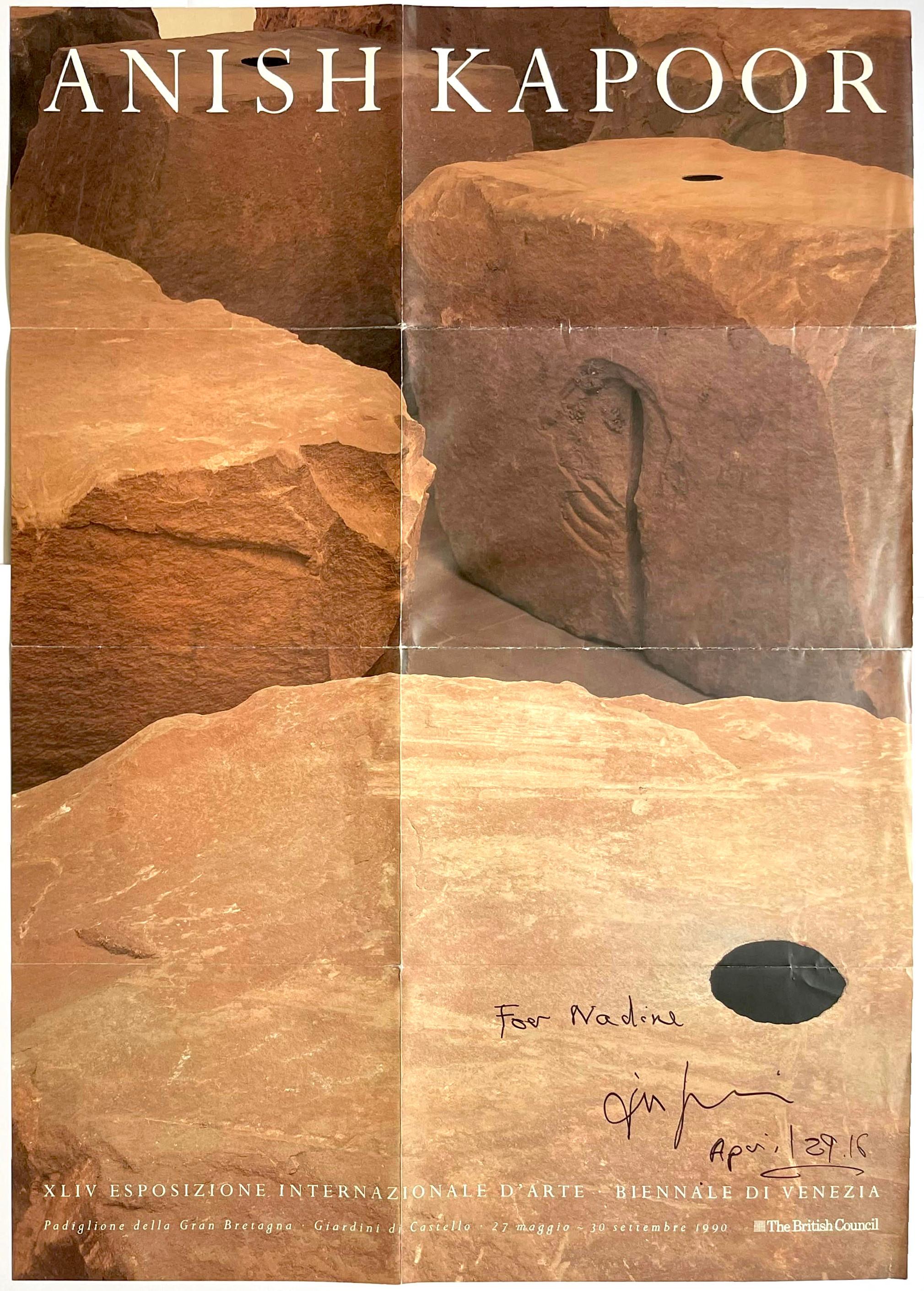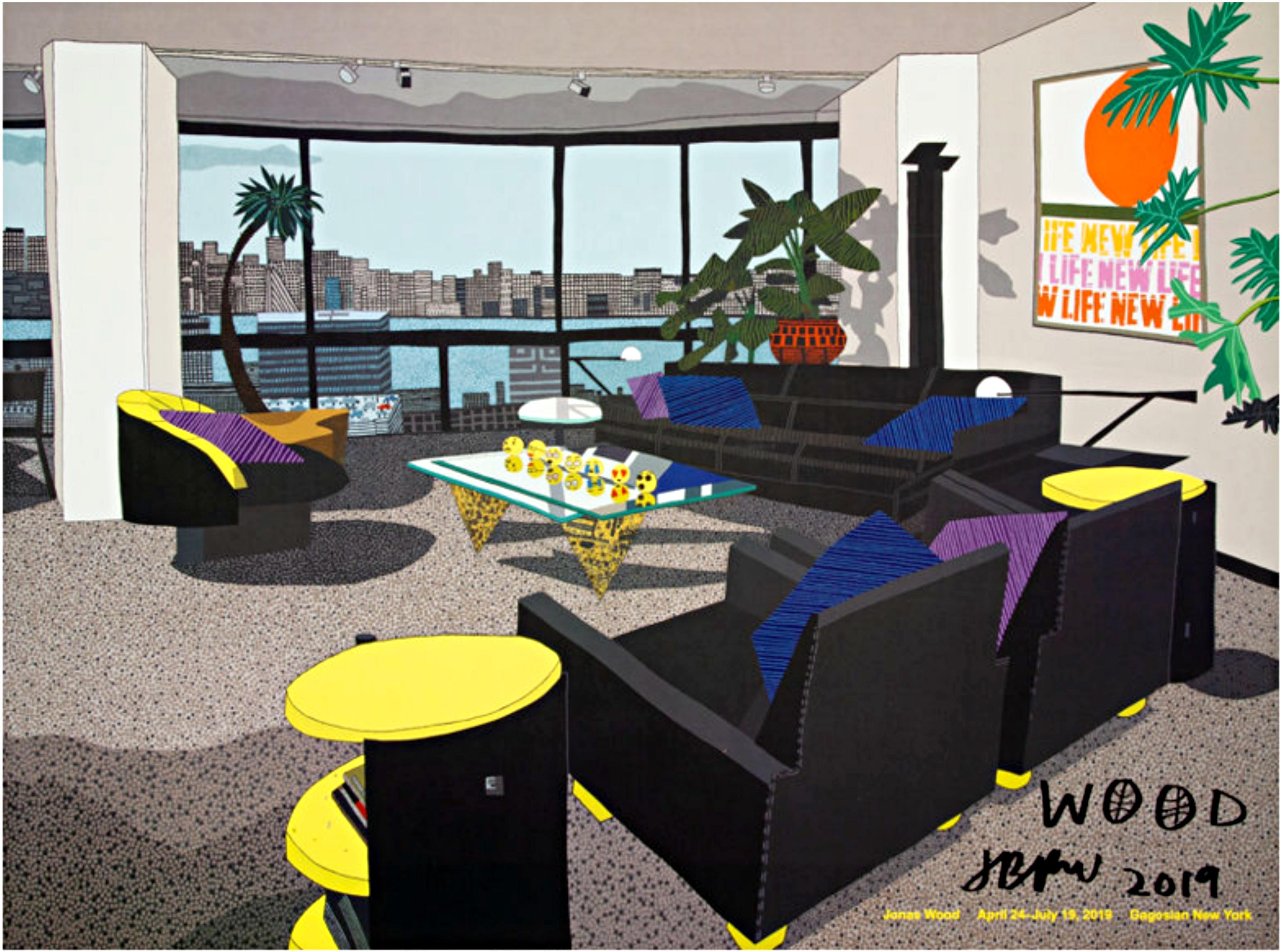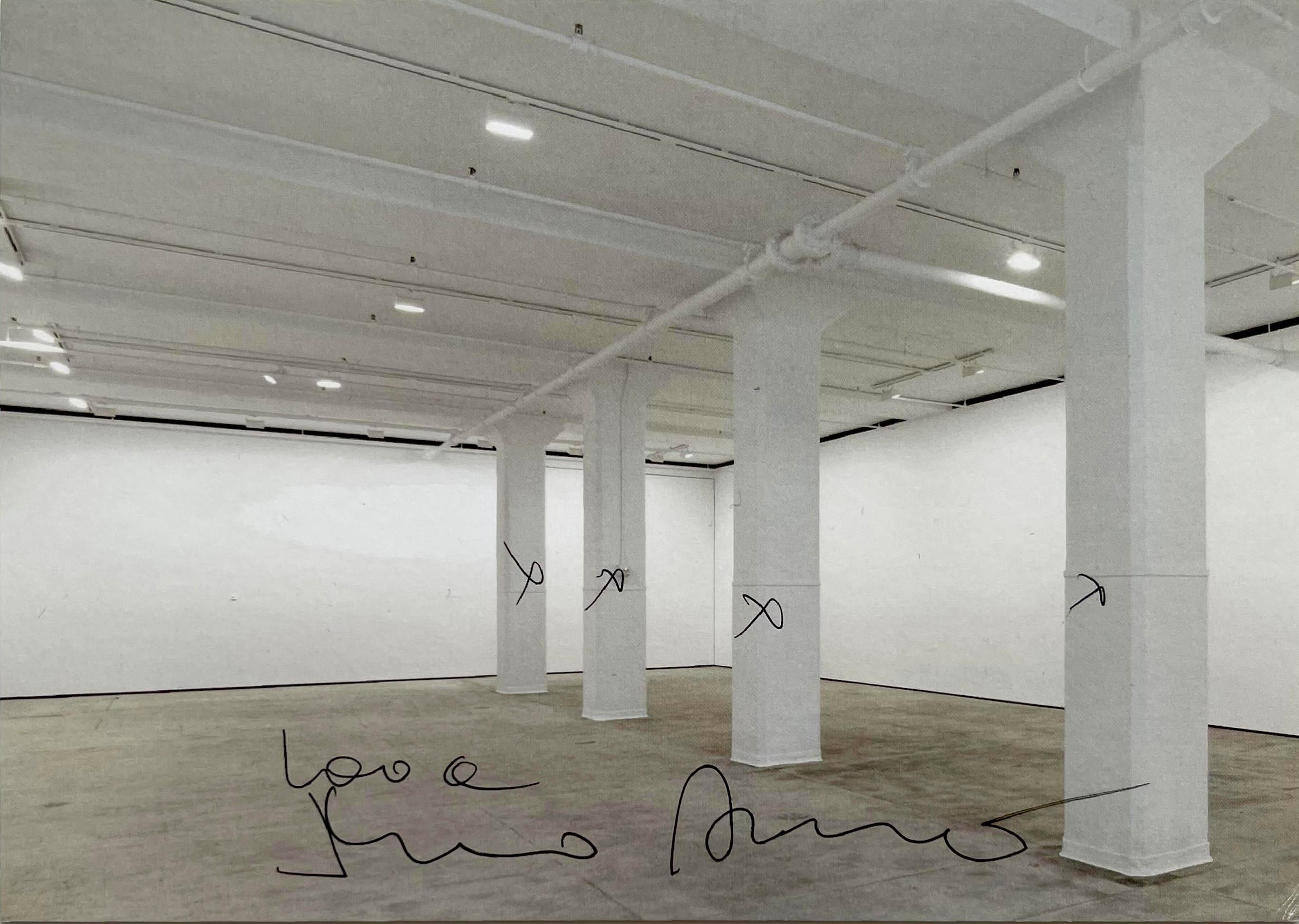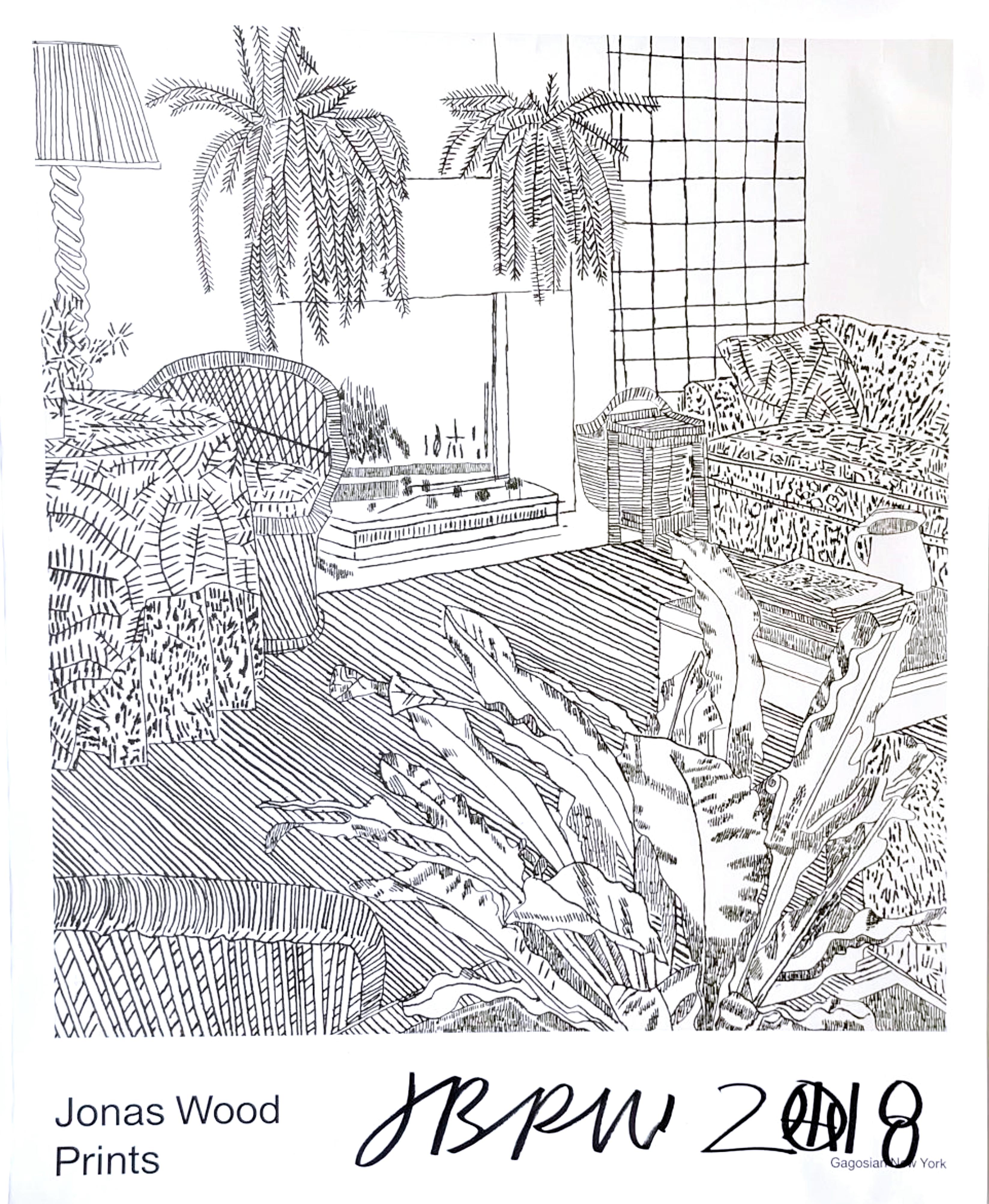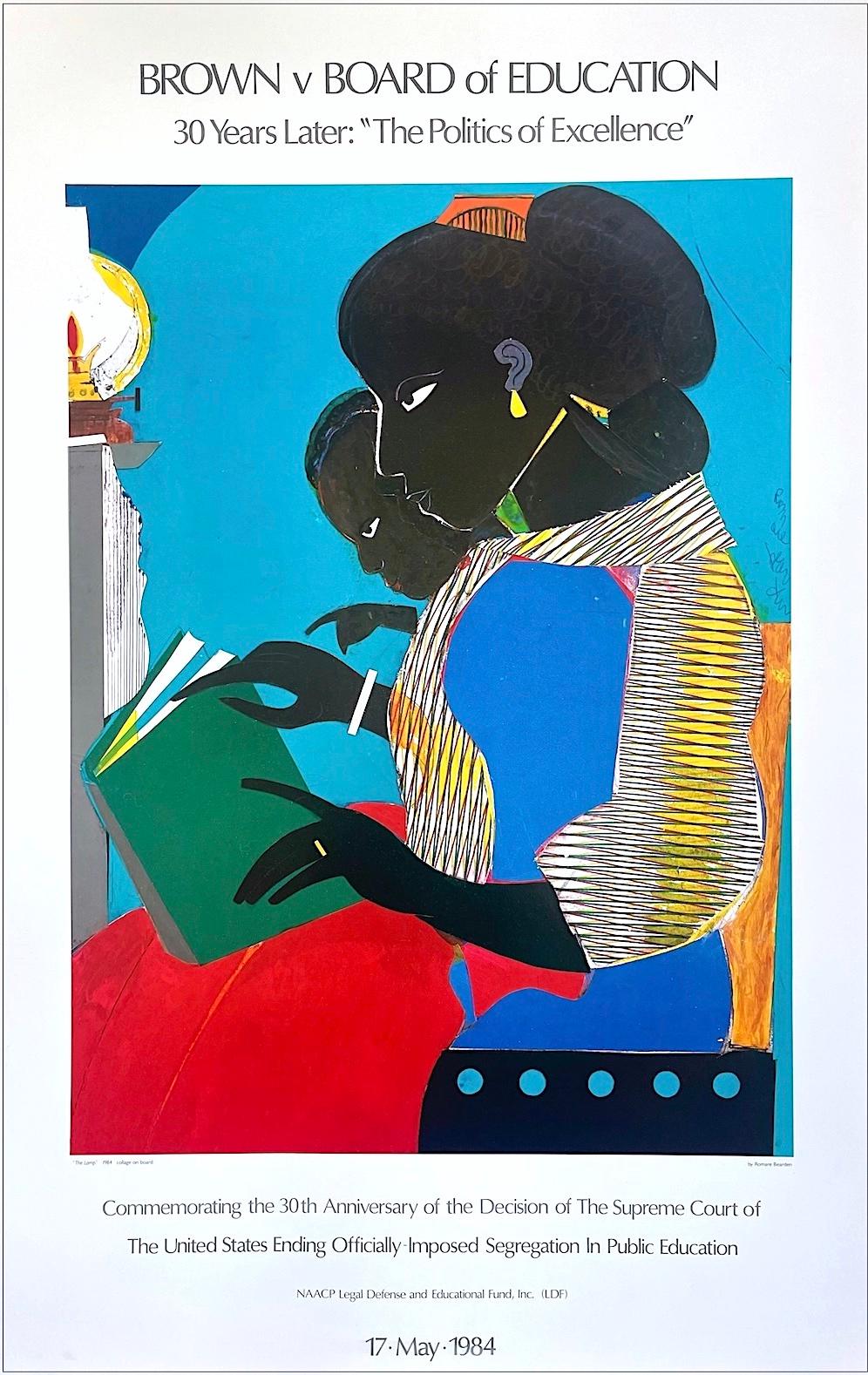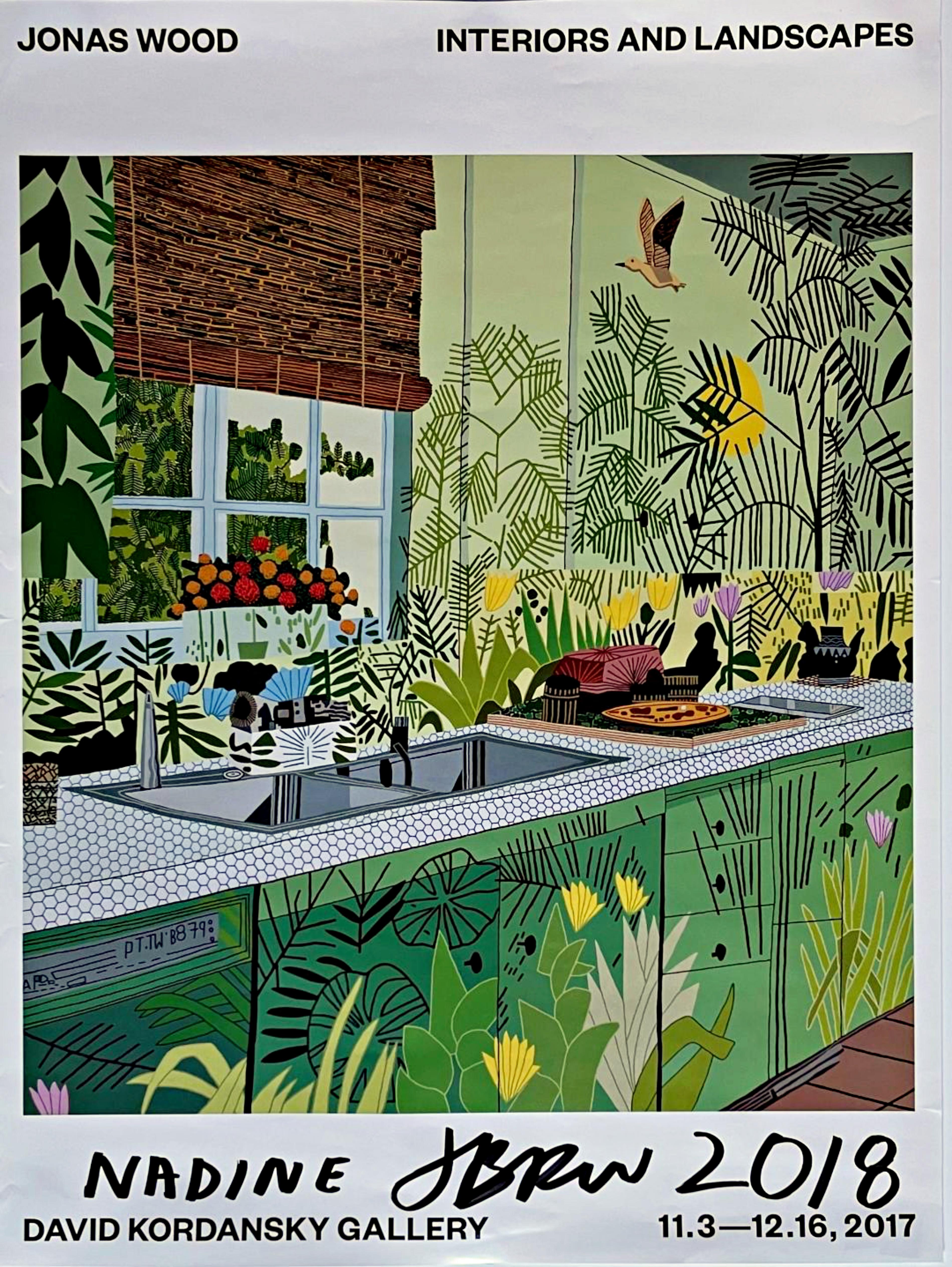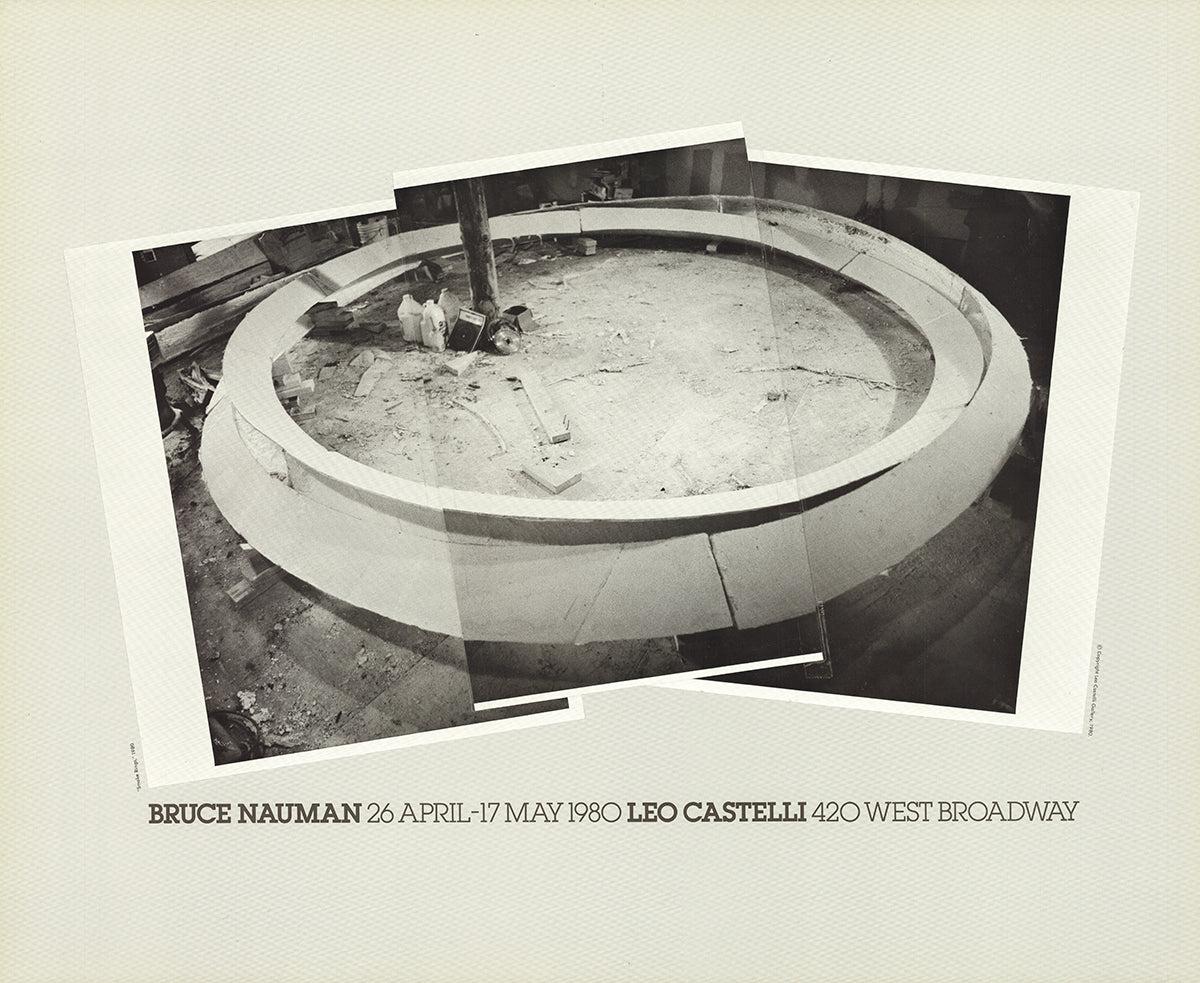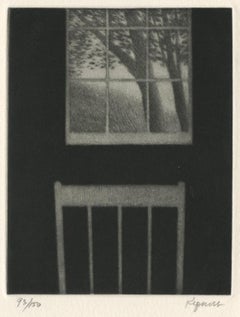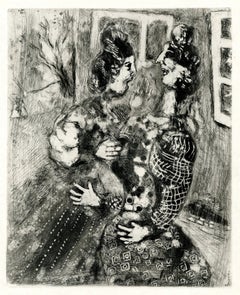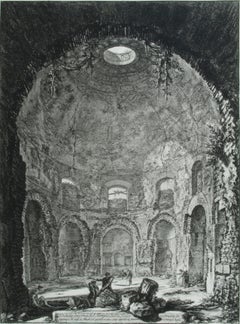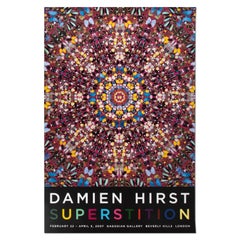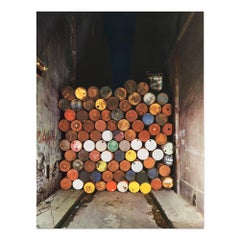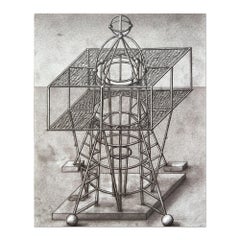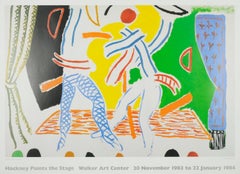
Hockney Paints the Stage
View Similar Items
Want more images or videos?
Request additional images or videos from the seller
1 of 5
Hockney Paints the Stage1984
1984
About the Item
- Creation Year:1984
- Dimensions:Height: 23 in (58.42 cm)Width: 29 in (73.66 cm)
- Medium:
- Movement & Style:
- After:David Hockney (1937, British)
- Period:
- Condition:See description for detailed condition.
- Gallery Location:Fairlawn, OH
- Reference Number:Seller: FA104281stDibs: LU1407310312
About the Seller
5.0
Recognized Seller
These prestigious sellers are industry leaders and represent the highest echelon for item quality and design.
Platinum Seller
Premium sellers with a 4.7+ rating and 24-hour response times
Established in 1978
1stDibs seller since 2013
785 sales on 1stDibs
Associations
International Fine Print Dealers Association
Authenticity Guarantee
In the unlikely event there’s an issue with an item’s authenticity, contact us within 1 year for a full refund. DetailsMoney-Back Guarantee
If your item is not as described, is damaged in transit, or does not arrive, contact us within 7 days for a full refund. Details24-Hour Cancellation
You have a 24-hour grace period in which to reconsider your purchase, with no questions asked.Vetted Professional Sellers
Our world-class sellers must adhere to strict standards for service and quality, maintaining the integrity of our listings.Price-Match Guarantee
If you find that a seller listed the same item for a lower price elsewhere, we’ll match it.Trusted Global Delivery
Our best-in-class carrier network provides specialized shipping options worldwide, including custom delivery.More From This Seller
View AllLandscape with Window and Chair
By Robert Kipniss
Located in Fairlawn, OH
Landscape with Window and Chair
Mezzotint on wove paper, 2000
Signed in pencil lower right (see photo)
Edition: 150 (93/150) (see photo)
Special Presentation Print for the Print Club...
Category
Early 2000s Contemporary Interior Prints
Materials
Mezzotint
The Woman and the Street
By Marc Chagall
Located in Fairlawn, OH
The Woman and the Street
Etching, 1927-1930
Signed in the plate lower right corner (see photo)
From: The Fables of La Fontaine, Plate 84
From the deluxe portfolio edition of 40 examp...
Category
1920s French School Prints and Multiples
Materials
Etching
The So-Called Tempio della Tosse, Near Tivoli. Interior Upright
By Giovanni Battista Piranesi
Located in Fairlawn, OH
The So-Called Tempio della Tosse, Near Tivoli. Interior Upright (Veduta interna del Tempio della Tosse)
"Temple of the Cough"
Etching, 1764
Signed in the plate
From: Vedute di Roma...
Category
1760s Old Masters Interior Prints
Materials
Etching
The So-Called Tempio della Tosse, Near Tivoli. Interior Upright
By Giovanni Battista Piranesi
Located in Fairlawn, OH
The So-Called Tempio della Tosse, Near Tivoli. Interior Upright (Veduta interna del Tempio della Tosse)
"Temple of the Cough"
Etching, 1764
Signed in the plate
From: Vedute di Roma...
Category
1760s Old Masters Interior Prints
Materials
Etching
Ruine di Sepolcro antico
By Giovanni Battista Piranesi
Located in Fairlawn, OH
Ruine di Sepolcro antico
Etching, 1743
Signed in the plate bottomleft in the caaption plate
From: Prima Parte, 1743
Second edition: 1750-1778
Watermark: R 37-39
A lifetime impression printed during Piranesi’s life, before the plates are moved to Paris by his sons in the 1790’s
Coniditon: Excellent/Very good
Image size: 14 5/8 x 9 3/4 inches
Reference: Robison 17 iii/V
Piranesi In Rome: Prima Parte di Architetture e Prospettive
"Although Piranesi studied architecture in Venice, he never was able to find work in the field other than a few jobs involving remodeling in Rome. While Piranesi was struggling to support his architectural endeavors upon his arrival in Rome in 1740, he spent a short period of time in the studio of master painter Giovanni Battista Tiepolo (1696-1770) in addition to his apprenticeship with Giuseppe Vasi. The first production of Piranesi’s early years in Rome and a culmination of his training under Vasi, Tiepolo, and his uncle, was the Prima Parte di Architetture e Prospettive (1743). The Prima Parte was a collection of twelve etchings of imaginary temples, palaces, ruins, and a prison. During this time, Piranesi was still developing the unique style of etching he is known for today, and as such the Prima Parte differs significantly in technique compared to later works. In the Frontispiece of the Prima Parte, Piranesi’s lines are definite and exact with very little flow to them, designed in the form of traditional etching. The detail is immaculate, and yet perspective of the piece is oddly simple and familiar to the viewer. Piranesi’s technique employs miniscule markings and lines, intricately woven together to create a stippling effect. The Prima Parte, described as “rigid” by art historian Jonathan Scott, came to be seen as a stark contrast to his later sketches, which were much lighter and freer. Influenced by the style of Tiepolo, which epitomized the lightness and brightness of the Rococo period, Piranesi adopted some of the more painterly techniques of the masters he apprenticed under. Piranesi made the medium of etching appear as though it was a sketch or a painting, hence a “freer” and more fluid design in his later works. For example, the frontispiece of the Prima Parte read as an etching to Piranesi’s audience, but in his later vedute, the style of etching almost appears to be made of brushstrokes. Moreover, at the same time Piranesi was working on the Prima Parte, he aided the artist Giambattista Nolli. There is a small section of Nolli’s map...
Category
1740s Old Masters Interior Prints
Materials
Etching
Camera sepolcrale
By Giovanni Battista Piranesi
Located in Fairlawn, OH
Camera sepolcrale
Etching 1743
Signed in the bottom left corner
From: Prima Parte, 1743
Second edition: 1750-1778
Watermark: R 37-39
A lifetime impression printed during Piranesi’s life, before the plates are moved to Paris by his sons in the 1790’s
Condition: Excellent
Image size: 14 5/8 x 9 3/4 inches
Reference: Robison 20 iii/V
Piranesi In Rome: Prima Parte di Architetture e Prospettive
"Although Piranesi studied architecture in Venice, he never was able to find work in the field other than a few jobs involving remodeling in Rome. While Piranesi was struggling to support his architectural endeavors upon his arrival in Rome in 1740, he spent a short period of time in the studio of master painter Giovanni Battista Tiepolo (1696-1770) in addition to his apprenticeship with Giuseppe Vasi. The first production of Piranesi’s early years in Rome and a culmination of his training under Vasi, Tiepolo, and his uncle, was the Prima Parte di Architetture e Prospettive (1743). The Prima Parte was a collection of twelve etchings of imaginary temples, palaces, ruins, and a prison. During this time, Piranesi was still developing the unique style of etching he is known for today, and as such the Prima Parte differs significantly in technique compared to later works. In the Frontispiece of the Prima Parte, Piranesi’s lines are definite and exact with very little flow to them, designed in the form of traditional etching. The detail is immaculate, and yet perspective of the piece is oddly simple and familiar to the viewer. Piranesi’s technique employs miniscule markings and lines, intricately woven together to create a stippling effect. The Prima Parte, described as “rigid” by art historian Jonathan Scott, came to be seen as a stark contrast to his later sketches, which were much lighter and freer. Influenced by the style of Tiepolo, which epitomized the lightness and brightness of the Rococo period, Piranesi adopted some of the more painterly techniques of the masters he apprenticed under. Piranesi made the medium of etching appear as though it was a sketch or a painting, hence a “freer” and more fluid design in his later works. For example, the frontispiece of the Prima Parte read as an etching to Piranesi’s audience, but in his later vedute, the style of etching almost appears to be made of brushstrokes. Moreover, at the same time Piranesi was working on the Prima Parte, he aided the artist Giambattista Nolli. There is a small section of Nolli’s map...
Category
1740s Old Masters Interior Prints
Materials
Etching
You May Also Like
Superstition: Original Exhibition Poster
By Damien Hirst
Located in Manchester, GB
Original exhibition poster by Damien Hirst from 2007. The exhibition took place at Gagosian, Davies Street, London, and Gagosian, Beverly Hills.
Damien Hirst (British, b. 1965) D...
Category
2010s Contemporary Interior Prints
Materials
Offset
Christo, Iron Curtain – Wall of Barrels: Signed Print from 1968
By Christo
Located in Hamburg, DE
Christo (American-Bulgarian, b. 1935)
Iron Curtain – Wall of Barrels, Rue Visconti Paris, June 1962, 1968
Medium: Color offset on cardboard
Dimensions: 70 x 54 cm
Edition of 100: Han...
Category
20th Century Contemporary Interior Prints
Materials
Offset
Paul Noble - Playframe, Contemporary Art, British Art, Signed Print
Located in Hamburg, DE
Paul Noble (British, b. 1963)
Playframe, 2000
Medium: Offset lithograph on paper
DImensions: 26 × 21 cm (10 1/5 × 8 3/10 in)
Edition of 100: Hand-signed and numbered
Condition: Excel...
Category
21st Century and Contemporary Contemporary Interior Prints
Materials
Offset
'The Children's Story' 1980-
By Ivan Chermayeff
Located in Brooklyn, NY
This large advertisement poster was created by the legendary graphic designer Yvan Chermayeff to promote the televised adaptation of James Clavell's "The Children's Story" for the Mo...
Category
1980s Contemporary Interior Prints
Materials
Offset
$200 Sale Price
20% Off
"Attendants, Bears, and Rocks"
By Brice Marden
Located in New York, NY
Brice Marden
"Attendants, Bears, and Rocks"
Matthew Marks Gallery, New York, 2002
Exhibition poster
17 x 22 inches
Signed recto
Exhibition poster for "Attendants, Bears, and Rocks" ...
Category
Early 2000s Contemporary Abstract Prints
Materials
Offset
Venice Biennale: XLIV Esposizione Internazionale D'arte (Hand signed by Kapoor)
By Anish Kapoor
Located in New York, NY
Rare collectors' item:
Anish Kapoor
Venice Biennale: XLIV Esposizione Internazionale D'arte Biennale Di Venezia (Hand signed and inscribed by Anish Kapoor), 1990
HISTORIC signed poster published on the occasion of Kapoor representing Great Britain at the Venice Biennale
Offset lithograph poster (Hand signed, inscribed to Nadine and dated 2016)
Boldly signed, inscribed and dated by Anish Kapoor on the lower right front
33 × 23 inches
Unframed
Boldly signed and inscribed by Anish Kapoor on the lower right front for the present owner, Nadine, so provenance is direct.
Accompanied by gallery issued Certificate of Guarantee
This offset lithograph poster was published on the occasion of Anish Kapoor's exhibition "XLIV Esposizione Internazionale D'Arte" at the Biennale Di Venezia from May 27 to September 30, 1990. Hand signed posters by Kapoor are quite elusive.
The poster is two sided as it was published on the occasion of the artist's participation in the 1990 Venice Biennale (the verso has his lengthy biography), and it bears the original folds as issued.
British-Indian sculptor Anish Kapoor was chosen to represent Britain at the first Biennale of the 1990s. He had been exhibiting since 1980 but it was this show that brought him widespread recognition on the international stage. Sixteen huge sandstone blocks dominated the Pavilion’s main room; they were so heavy that the floor had to be reinforced with supports. Kapoor had started working in stone in the late 1980s and each block in Void Field (1989) has a hole filled with another motif in his work, the powdered blue pigment used in Indian religious ceremonies. The same vibrant tones, which was also inspired also by Yves Klein’s statement bold blue colour, were used in his low-lying slate sculpture, A Wing at the Heart of Things (1990), in the back gallery of the Pavilion; this work is now part of Tate’s collection.
“Venice is an interchange of East and West, reflecting the way Kapoor borrows from both cultures” said Henry Meyric Hughes, British Council.
Kapoor’s exhibition also wove together references to spiritualism and eroticism, with the red slit in the Pavilion's wall, entitled The Healing of St. Thomas (1989), alluding to the saint that doubted Jesus’ resurrection...
Category
1990s Contemporary Interior Prints
Materials
Lithograph, Offset
